I think we all need some etiquette rules and manners. We should also teach them to our children. Do you agree?
21 Simple Dining Etiquette Rules to Impress Others With Your Manners
Tips & tricks
7 years ago
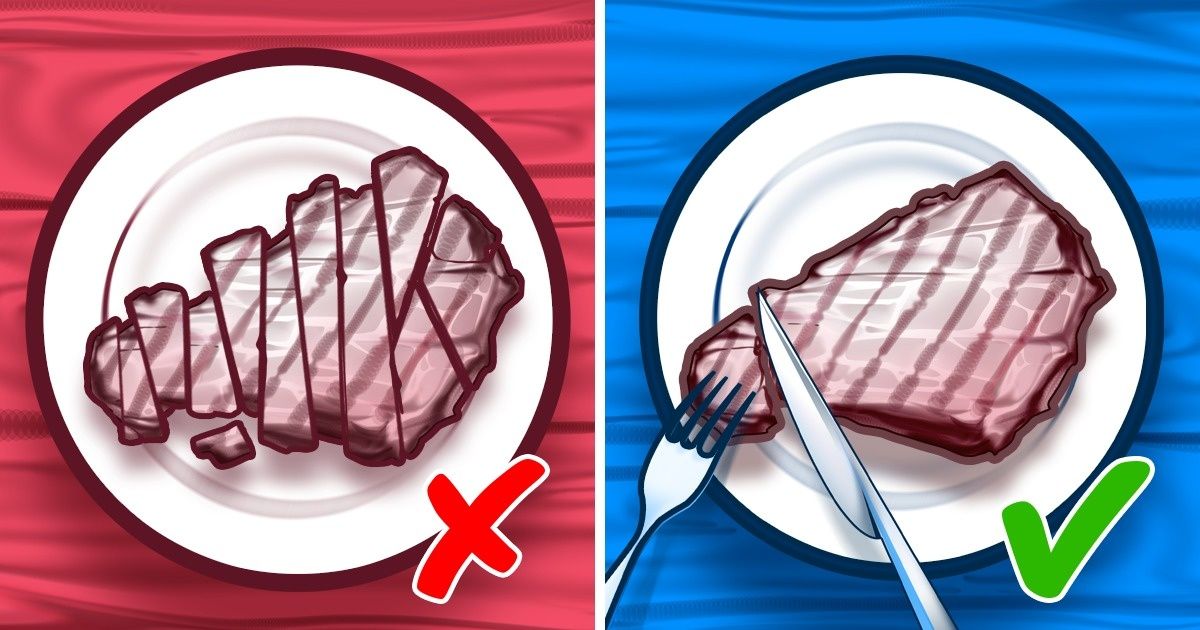
Nowadays many people consider etiquette to be unnecessary and obsolete. But the point of having good manners is not about following hundreds of little rules and formalities blindly, but first and foremost it’s about respecting other people no matter who they are. As Jean de La Bruyère, a French philosopher and moralist said, “The point of being polite is the ability to speak and act so that other people are not bothered by us.”
Etiquette rules at official receptions and banquets
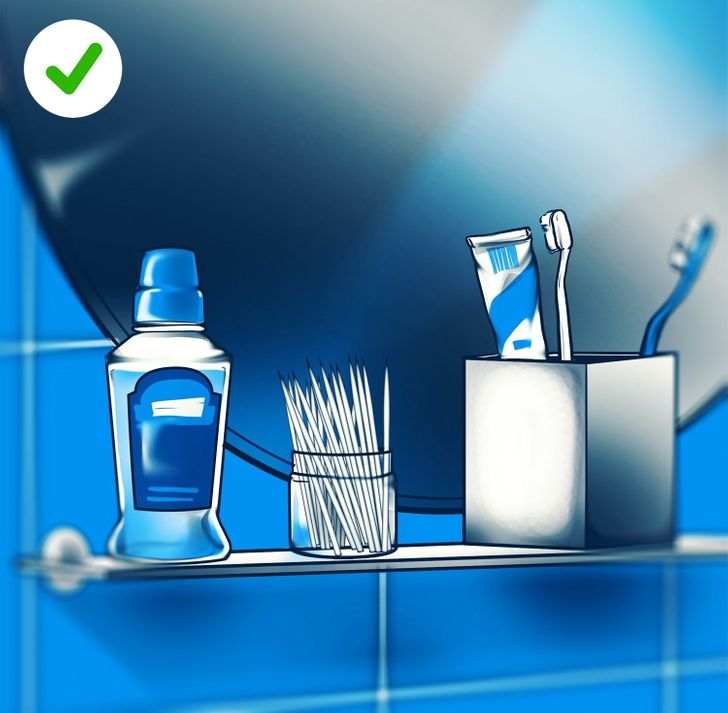
- Places for guests. If there is no seating plan, guests should wait standing until the host of the event shows them their seats. In a traditional seating plan, the host of the event sits at the head of the table, the places right next to them are for the most honorable guests, and young people with children sit at the other end.
- Ladies sit at the table first and men stay standing until the ladies take their seats. Men help ladies sit down and move the chairs out for them.
- Those who are late are not to keep everyone waiting for more than 20 minutes. If you are late, apologize and join the conversation (without going into detail about why you are late).
- If you can’t drink certain beverages or eat certain foods because of your diet or medical condition, don’t tell everyone about it as not to offend the hosts of the event. Just don’t eat these foods.
- This may sound surprising, but toothpicks should be in the bathroom and not on the table. You can use a toothpick or eyedrops, fix your hair or makeup and other parts of your body only in the bathroom.
How to use cutlery
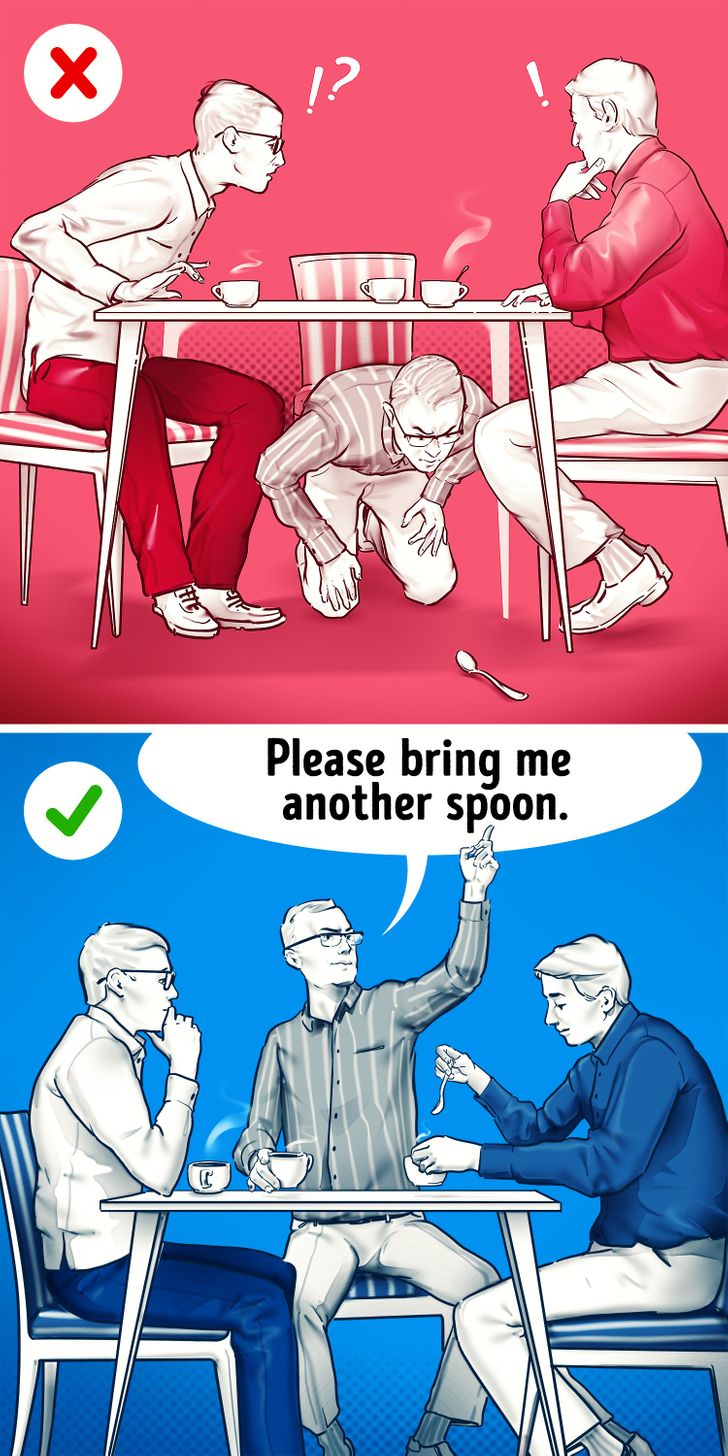
- If you accidentally drop a fork or a spoon, don’t go under the table looking for it. Ask a waiter or the host of the event to get you a new one.
- The cutlery you started using should not touch the table. You can only place it on the side of your plate but not on the tablecloth.
- Don’t cut your entire meal into small pieces. It is believed that this way food goes cold much faster and loses its taste. It is better to cut one piece at a time and eat it right away.
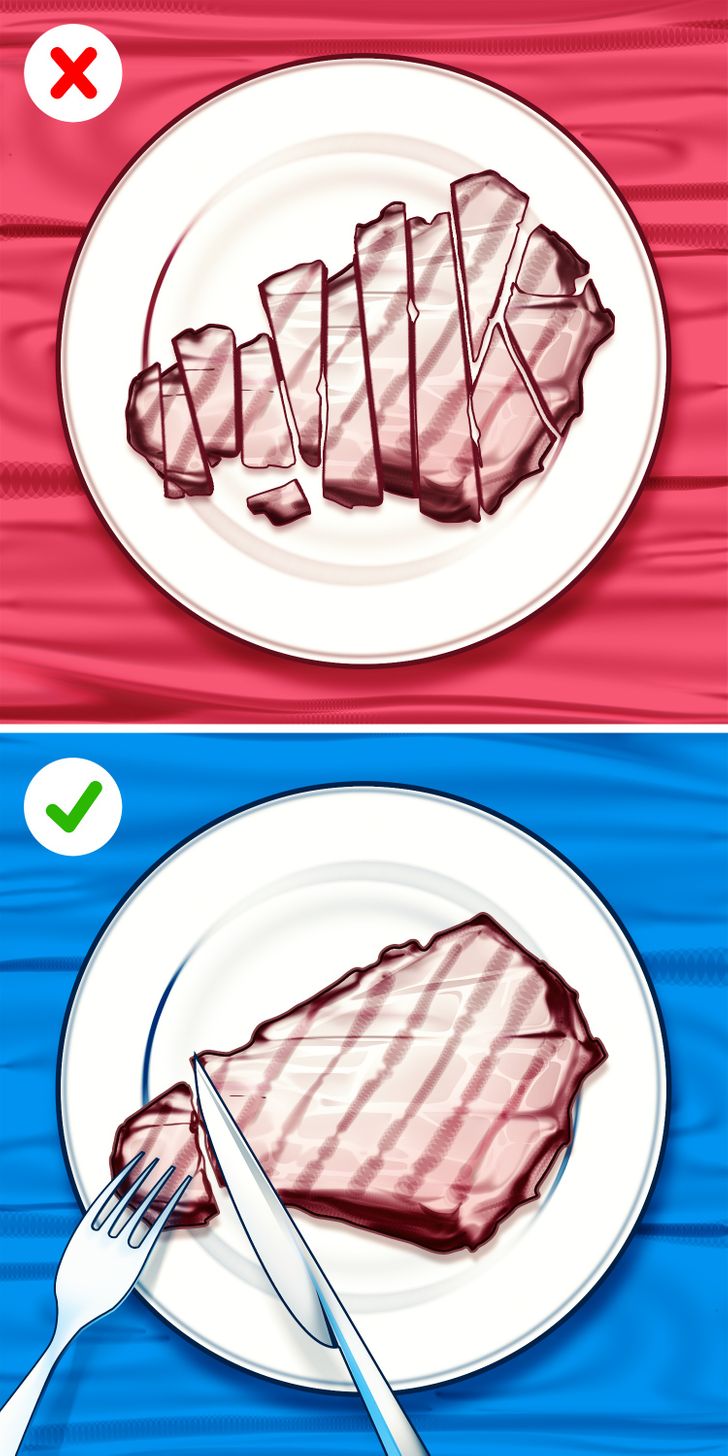
- How to hold cutlery correctly: A fork should be held with the prongs pointing down so that you can pick up the pieces of food with them (instead of using it as a spoon, except for in cases when the food is soft, like mashed potatoes). Your pointer finger should be placed against the handles of the fork and knife, and the other fingers should be around the handles.
- According to etiquette, there are 2 ways of using cutlery — the classic European way and the American way. In the first tradition, knives and forks should be held throughout the entire duration of the meal. The knife is not to be put down, even if it’s not needed. The American way says that you can put the knife on the side of the plate and then take the fork in your right hand.
- If someone asks you to pass a fork or a knife, pass it with the handle pointing forward, holding it in the middle.
Dating etiquette rules
- According to etiquette, the lady participates in choosing the food and gets to choose it first. A popular mistake is telling the man to choose something that he likes. The best thing a woman can do is ask him for a recommendation. The order is then told to the server by the man.
- The lady shouldn’t choose the cheapest foods because the man may take offense to this. She shouldn’t order the most expensive foods either, as this won’t make the right impression.
- According to etiquette, the gentleman should be the first to pay. The lady shouldn’t interfere, offer to pay, or ask how much the bill is. If she really wants to demonstrate that she is financially independent, she can ask the server to split the bill beforehand or offer to pay the tip.
- If a man and a woman are just friends, they can pay Dutch style. In this case, after the man looks through the bill, he can reveal the amount to the woman and they can agree on the tip.
Tipping etiquette
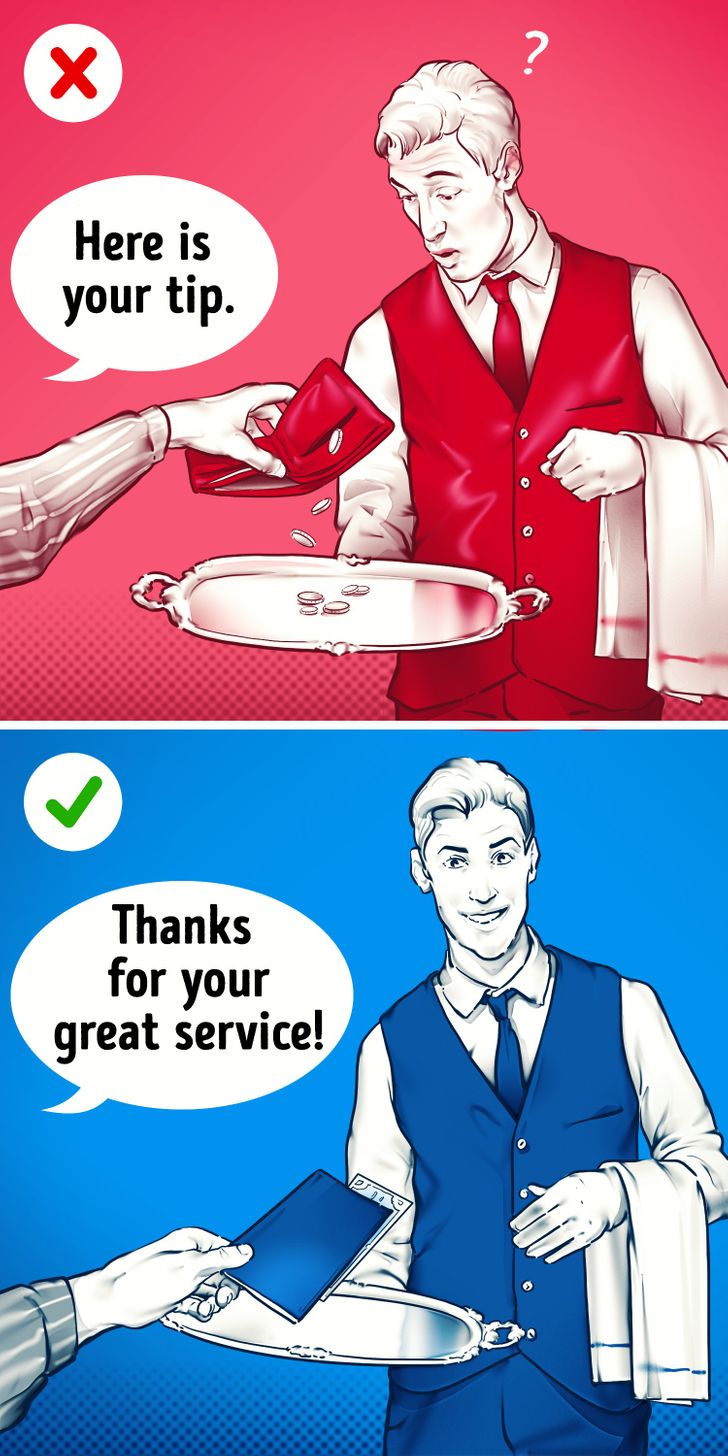
- The tradition of tipping is very different depending on the culture. For example, while tipping in the US is necessary, some Asian countries take offense to it. The average amount to tip in the US is 15% to 20% of the bill.
- Tips are your choice. You should give tips only in cases where you really enjoyed the service. In some restaurants, the tip is included in the bill. In this case, look for the phrases, “service included” or “tips included” on the bill.
- The tips are paid after the service is given. First, you pay your bill, the server brings you the change, and only then do you leave a tip. Don’t say, “Keep the change.” It sounds arrogant.
- Tips are not just money. It’s also your smile and your sincere gratitude to the server or bartender.
- Don’t just give a handful of change to the server, this is bad manners.
- Many people don’t know what to do about the tip if they want to pay by card. In some places, tips can be included in the bill, but not everywhere. Another way to do this is to transfer the tips to the server’s bank account using special apps. Of course, this might not work either, so to be completely safe, just take some cash to the restaurant beforehand.
What rules of etiquette do you think are useful and necessary, and which ones do you think are outdated?
Please note: This article was updated in March 2022 to correct source material and factual inaccuracies.
Comments
Get notifications
-
-
Reply
Related Reads
A Couple Shows Their Daughter to the World, and We Couldn’t Adore Her More

People
6 years ago
11 Funny Illustrations That Show How a Man’s Life Changes After Marriage

Family & kids
8 years ago
Through 19 Pics, a Hairstylist Shows How Powerful a Simple Haircut Can Be

People
4 years ago
19 Photos That Leave Us With a Lot of Questions
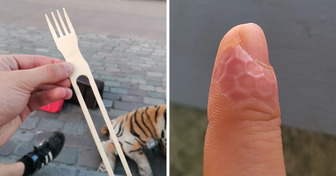
Curiosities
3 years ago
Fans Point Out a Tricky Detail in All of Blake Lively’s Met Gala Dresses, and We Can’t Unsee It

People
3 years ago
16 Moments That Remind Us to Stay Kind Even If the World Turns Ice Cold

People
week ago
My BFF Invited Me to Her Baby Shower, It Turned Into My Worst Nightmare

People
month ago
My Neighbor Treated My Driveway Like Free Parking, So I Taught Him a Lesson

People
month ago
I Refuse to Be Exploited as a Free Babysitter on My Hard-Earned Retirement Cruise

Family & kids
2 months ago
14 People Who Walked Straight Into Awkward Moments

Curiosities
month ago
10 Moments That Remind Us Quiet Kindness Is Mightier Than It Seems
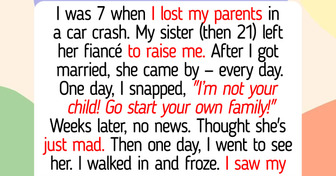
Curiosities
month ago
17 Moments That Prove Kindness Is the Warmth the World Needs
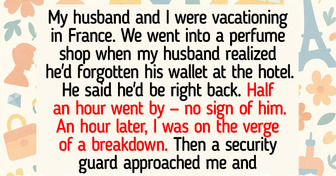
People
month ago